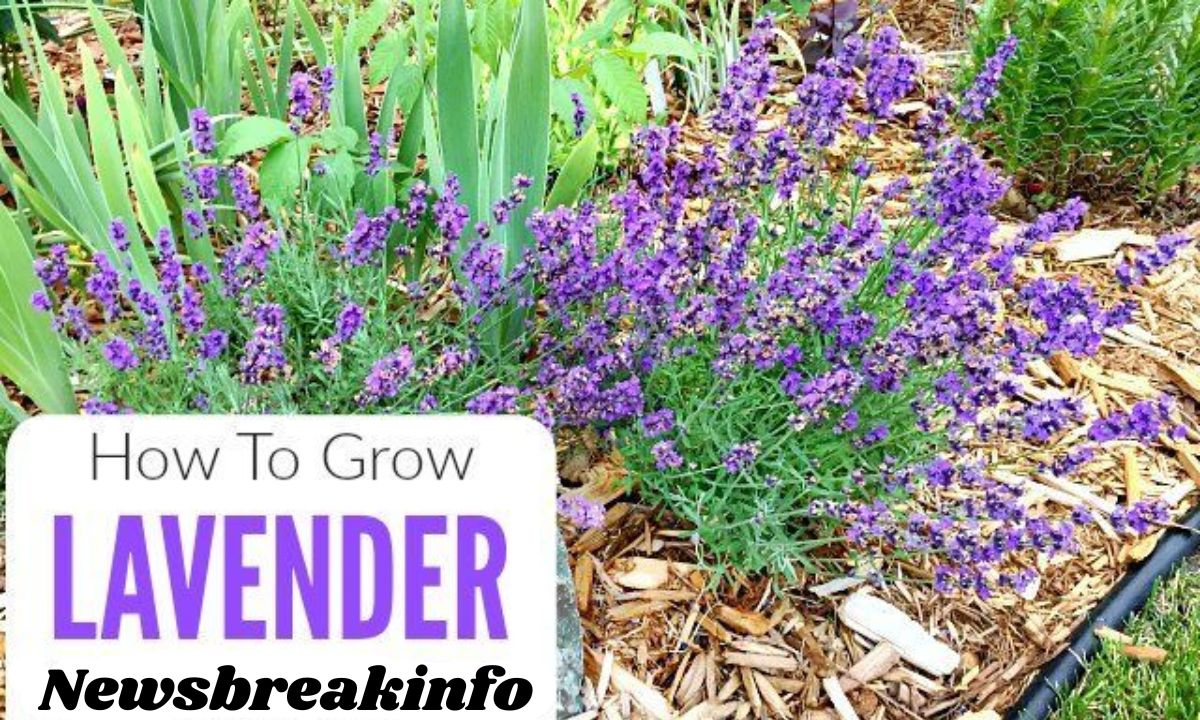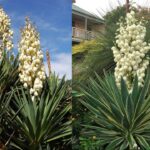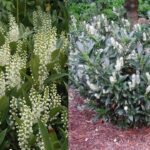Spanish lavender (Lavandula stoechas) is a popular perennial known for its beauty, fragrance, and resilience. This Mediterranean plant features colorful blooms topped with bracts that resemble rabbit ears or butterflies.
It thrives in warmer climates, making it an excellent choice for gardeners in areas with hot summers and mild winters.
Beyond its ornamental appeal, Spanish lavender has various uses, including aromatherapy and culinary applications. This guide will provide essential information on growing and caring for this aromatic shrub.
History and Origin
Spanish lavender (Lavandula stoechas) has a rich history that dates back to the ancient Mediterranean. It thrived on the hillsides of Spain, Portugal, and North Africa. Various civilizations, including the Romans and Egyptians, valued it for its healing properties.
Romans used lavender to fragrance their baths and homes, believing it promoted cleanliness and health. Over time, lavender became cherished not only for its beauty but also for its practical uses in medicine and cooking.
The name “Spanish lavender” reflects its geographical roots. Native to the Iberian Peninsula, this species thrives in arid landscapes. While it shares characteristics with other lavenders, such as English or French lavender, Spanish lavender has unique features.
Its compact growth habit and colorful bracts set it apart. In the U.S., it is often referred to as “French lavender” due to its popularity in French gardens and Mediterranean cultivation.
The History of Spanish Lavender
Spanish lavender traces its roots back to the Mediterranean, where it grows wild in Spain, Portugal, and North Africa. Ancient civilizations, including the Romans and Egyptians, valued lavender for its healing properties. Romans used it to fragrance baths, homes, and clothes, believing it promoted cleanliness. The plant was also used to treat headaches and insomnia. Over centuries, lavender has remained valuable for both its beauty and practical uses.
Why It’s Called Spanish Lavender
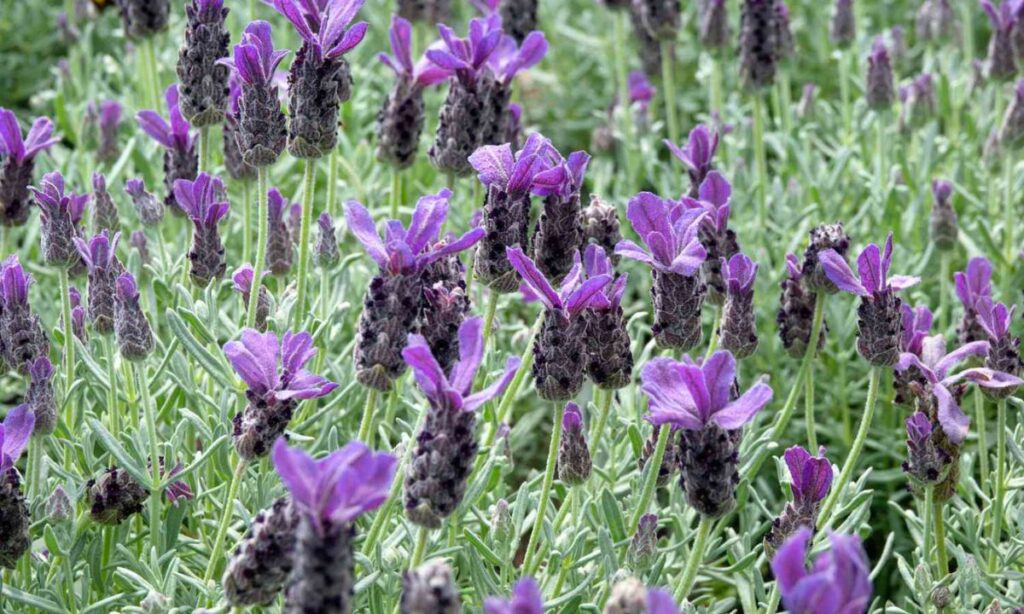
The name “Spanish lavender” comes from its geographical origin. Native to the Iberian Peninsula, especially Spain and Portugal, this species adapts well to rocky landscapes.
It shares similarities with other lavenders but has unique features like its compact growth habit and colorful bracts resembling butterflies. In the U.S., it is often referred to as “French lavender” due to its popularity in French gardens.
Common Names
Spanish lavender is known by several names:
- Butterfly Lavender: Named for its butterfly-like flower bracts.
- Topped Lavender: Referring to the flower spikes that are crowned with colorful bracts.
- Lavender Stoechas: Its scientific name used in botanical contexts.
These names highlight the plant’s unique characteristics.
Botanical Information
Spanish lavender (Lavandula stoechas) is a hardy perennial that can thrive for many years with proper care. It is an evergreen shrub, meaning it retains its foliage year-round, providing greenery even in colder months.
This plant typically forms a compact, bushy mound, making it an excellent choice for low hedges, borders, or container gardening. It is native to the Mediterranean basin, growing naturally in rocky, dry soils where it receives full sunlight.
Native Area
Spanish lavender is native to the Mediterranean basin, thriving in Spain, Portugal, the Canary Islands, and parts of North Africa. It grows naturally in rocky, dry soils on hillsides where it receives full sunlight.
USDA Hardiness Zones
In the United States, Spanish lavender grows best in USDA hardiness zones 8 through 11. These zones feature mild winters and hot summers, ideal for this plant. While it can tolerate short cold spells, it struggles in harsh winter conditions.
Light and Exposure Requirements
Spanish lavender requires full sunlight to thrive. It needs at least six hours of direct sunlight daily for vibrant blooms and healthy growth. While it can tolerate partial shade, reduced light may lead to fewer flowers.
Size of the Plant
Spanish lavender typically grows between 1 to 3 feet tall and wide. It forms a dense mound of fragrant foliage and flowers. This compact size makes it suitable for borders, mass plantings, or container gardening.
Bloom Time
One of the most attractive features of Spanish lavender is its prolonged blooming season. It usually starts blooming in late spring (April or May) and can continue through summer. With proper care and regular deadheading, a second flush of blooms may occur later in the season.
Foliage Characteristics
The foliage of Spanish lavender is evergreen, meaning it retains its leaves year-round. The leaves are slender, gray-green, and slightly wooly to the touch. They release a distinctive fragrance when brushed or crushed.
Properties and Characteristics
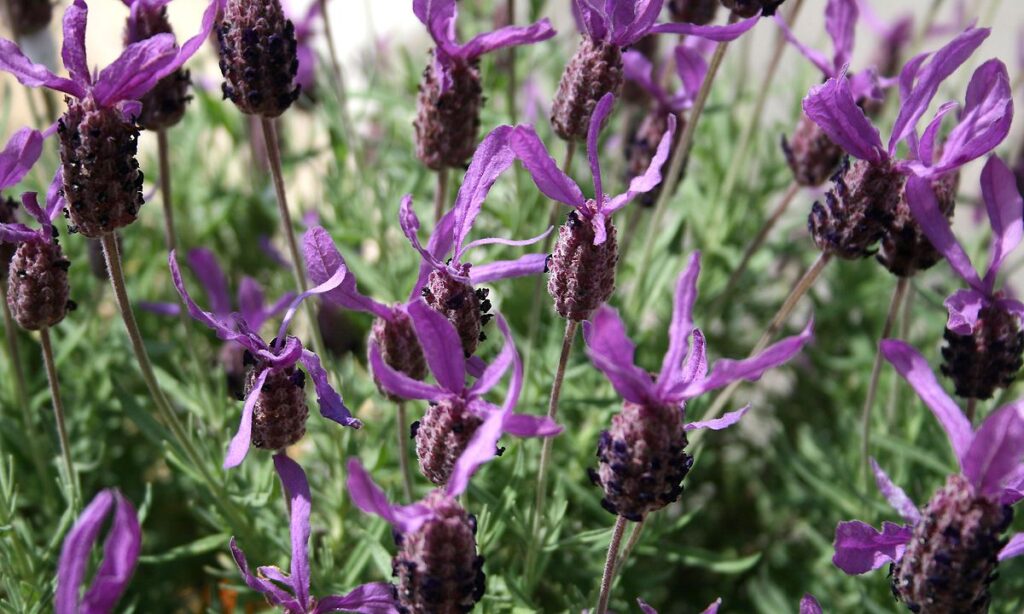
Spanish lavender (Lavandula stoechas) is distinguished by its unique flower bracts that resemble colorful butterflies or rabbit ears. These vibrant bracts, often deep purple, give the plant an eye-catching appearance in any garden.
Additionally, the strong fragrance produced by both the flowers and leaves enhances its appeal. This aromatic quality makes Spanish lavender a popular choice for ornamental gardens and practical uses like aromatherapy and culinary applications.
Distinctive Properties of Spanish Lavender
It stands out due to its colorful bracts atop flower spikes that resemble small butterflies or rabbit ears. These bracts are often deep purple or violet. The strong fragrance produced by both flowers and leaves adds to its appeal as both an ornamental and functional plant.
General Uses
Spanish lavender has many uses:
- Ornamental: Often used in landscaping for its beauty.
- Culinary: Flowers can flavor teas or dishes but should be used sparingly due to their strong taste.
- Medicinal: Essential oil is used for relaxation and anti-inflammatory properties.
- Aromatherapy: Its fragrance promotes relaxation and improves sleep quality.
Aslo See This: Comprehensive Guide On 15 Types Of Yucca Plant
Optimal Growing Season for Spanish Lavender
Spanish lavender thrives during warmer months from spring through late summer. It should be planted in spring when soil temperatures warm up, allowing roots time to establish before summer heat sets in.
Planting Spanish Lavender
Planting Spanish lavender requires careful attention to location and soil conditions. Choose a sunny spot in your garden that receives full sunlight and has well-draining soil. This plant is prone to root rot if its roots sit in wet soil for too long, so sandy or gravelly soil is ideal for quick drainage.
When preparing to plant, ensure the soil is slightly alkaline with a pH between 6.7 and 7.3. Spanish lavender thrives in poor soils and does not require excessive nutrients. If planting in pots, use a cactus or succulent mix to ensure proper drainage and healthy growth.
Best Practices for Planting
When planting Spanish lavender, choose a location that receives full sun with well-draining soil. This plant is prone to root rot if roots sit in wet soil too long. Sandy or gravelly soil is ideal for quick drainage.
Soil Requirements
Spanish lavender prefers light, sandy soil with a slightly alkaline pH (6.7 – 7.3). It thrives in poor soils without excessive nutrients. Overly rich soil can lead to leggy growth with fewer blooms.
Watering Guidelines
While drought-tolerant once established, Spanish lavender requires regular watering during its first growing season. Water deeply but infrequently, allowing soil to dry out completely between waterings.
Blooming Period
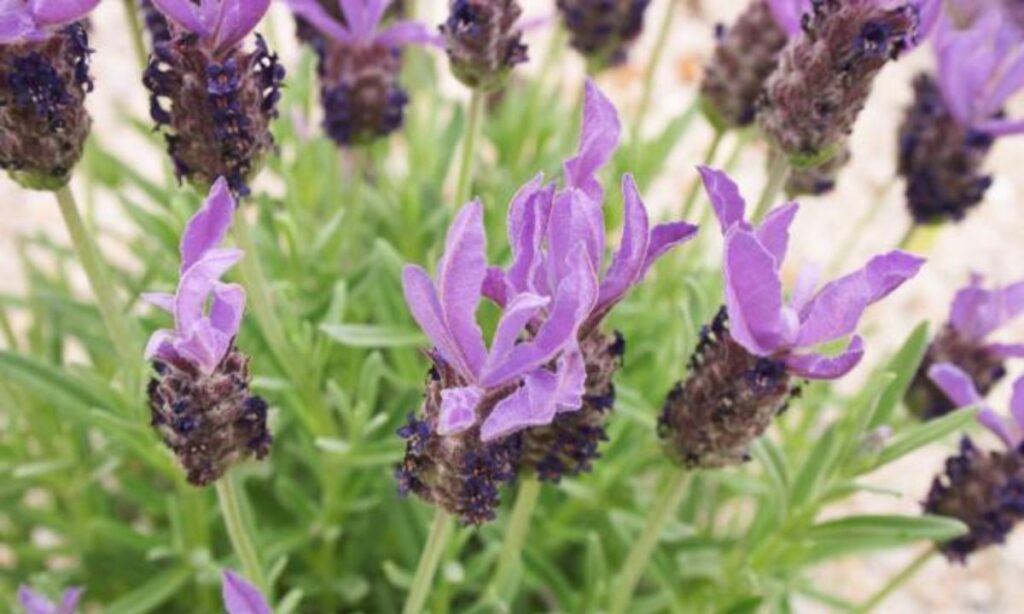
Bloom Time and Frequency
Spanish lavender typically blooms from late spring to mid-summer, producing colorful flower spikes topped with bright bracts. In hotter climates, it may continue blooming into early fall if regularly deadheaded.
Spanish Lavender Seeds
Growing Spanish lavender from seeds can be a rewarding experience, though it requires patience. Start seeds indoors about 8 to 10 weeks before the last frost date using a well-draining seed-starting mix.
Keep the soil moist but not waterlogged, and provide warmth and light to encourage germination. Once the seedlings are large enough, transplant them into individual pots and gradually acclimate them to outdoor conditions before planting them in the garden.
How to Grow Spanish Lavender from Seeds?
Growing Spanish lavender from seeds can be rewarding but slow. Start seeds indoors about 8-10 weeks before the last frost date using a well-draining seed-starting mix. Keep the soil moist but not waterlogged until germination occurs (up to four weeks).
Spanish Lavender Temperature Tolerance
Spanish lavender thrives in warm, dry conditions, preferring temperatures between 65°F and 80°F (18°C to 27°C). It can tolerate higher temperatures during summer but is sensitive to cold.
Prolonged exposure to frost or temperatures below 15°F (-9°C) can harm the plant. In colder regions, it’s best to grow Spanish lavender in pots so it can be moved indoors during the winter months.
Ideal Temperature Range for Healthy Growth
Spanish lavender prefers warm conditions with an ideal temperature range of 65°F – 80°F (18°C – 27°C). While it can tolerate higher summer temperatures, prolonged exposure to cold can harm the plant.
Caring for Spanish Lavender
Caring for Spanish lavender involves regular maintenance to ensure healthy growth and vibrant blooms. Pruning is essential; trim the plant after its first bloom in late summer to encourage a second flowering and maintain a compact shape.
Additionally, monitor for pests and diseases, although Spanish lavender is generally resistant due to its strong fragrance. Ensure proper air circulation and avoid overwatering to prevent fungal issues, promoting a thriving plant in your garden.
Pruning and Maintenance Tips
Regular pruning is essential for maintaining healthy Spanish lavender plants. Prune after the first bloom in late summer to encourage a second flowering while keeping a compact shape.
Common Pests and Diseases
Spanish lavender is relatively resistant to pests due to its strong fragrance. However, it may occasionally suffer from fungal diseases in humid conditions or if overwatered. Ensure proper air circulation around the plant to prevent these issues.
Conclusion
Spanish lavender is a versatile plant that enhances any garden with its beauty and fragrance. Its unique appearance, drought tolerance, and long blooming season make it a favorite among gardeners.
By following best practices for planting and care, you can enjoy vibrant blooms year after year. Whether planted in sunny garden beds or used in aromatherapy routines, Spanish lavender rewards you with beauty and benefits with minimal effort.
Frequently Asked Questions
What are common pests affecting Spanish Lavender?
Common pests include aphids and spider mites; neem oil can help manage them.
How often should I water my Spanish Lavender?
Water deeply every two weeks; allow soil to dry completely between waterings once established.
When should I prune my Spanish Lavender?
Prune after the first bloom in late summer; remove about one-third of the top growth without cutting into woody stems.

FAtima is a talented content writer and digital marketer with expertise in SEO, social media management, and online marketing.
